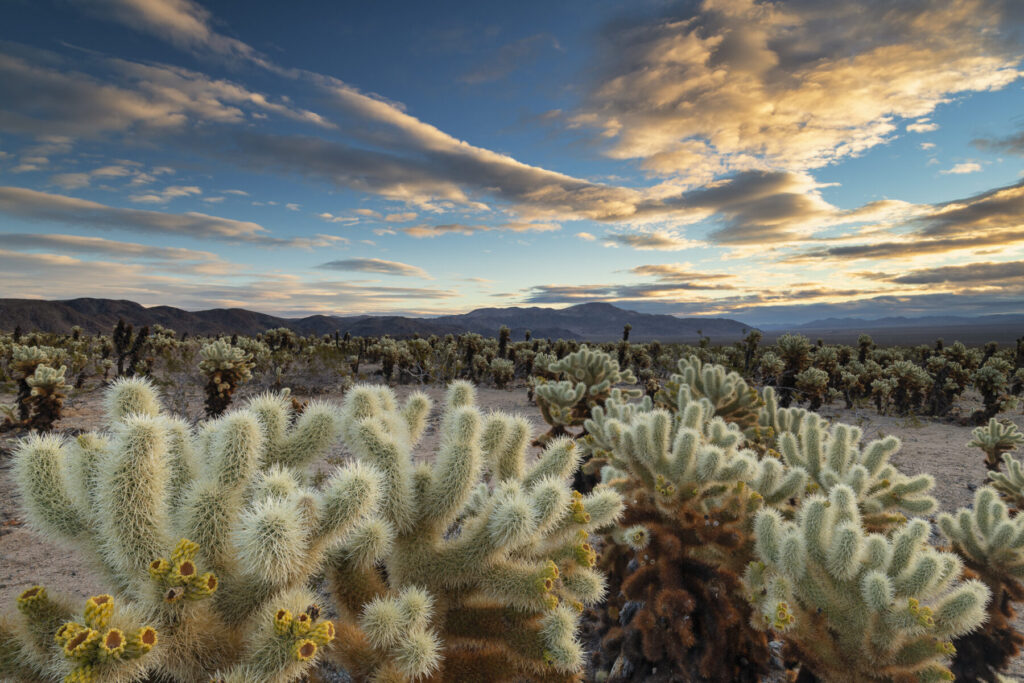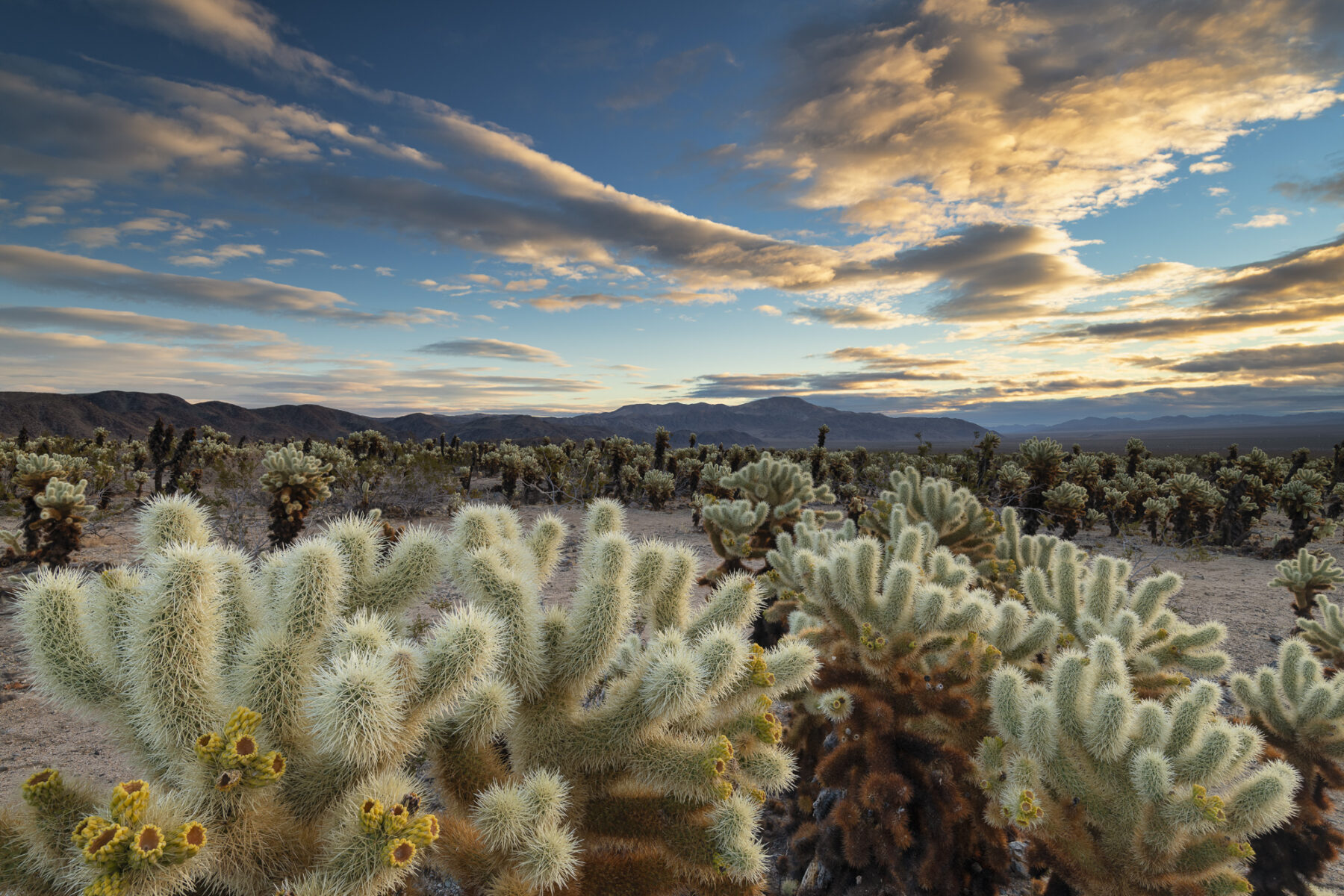
California Landscaping: Transforming Your Outdoor Space into a Golden State Oasis
California, with its diverse climate and stunning natural beauty, offers a unique canvas for landscaping. From drought-tolerant gardens to lush, vibrant landscapes, the possibilities are endless. Understanding the principles of California landscaping is crucial for creating an outdoor space that is both beautiful and sustainable. This article delves into the key aspects of California landscaping, providing insights and inspiration for homeowners and professionals alike.
Understanding the California Climate and its Impact on Landscaping
California’s climate is characterized by long, dry summers and mild, wet winters. This Mediterranean climate presents both challenges and opportunities for landscaping. Water conservation is a primary concern, making drought-tolerant plants and efficient irrigation systems essential. Understanding your specific microclimate, including factors like sun exposure, soil type, and wind patterns, is also crucial for successful California landscaping.
Drought-Tolerant Landscaping: A Necessity in California
Given California’s ongoing water concerns, drought-tolerant landscaping has become increasingly popular and, in many areas, a necessity. This approach involves selecting plants that thrive with minimal water, reducing the need for extensive irrigation. Native California plants are particularly well-suited for this purpose, as they are adapted to the local climate and soil conditions. [See also: Native California Plants for Drought-Tolerant Gardens]
- Benefits of Drought-Tolerant Landscaping:
- Reduces water consumption
- Lowers maintenance costs
- Supports local ecosystems
- Enhances the natural beauty of the landscape
Key Elements of California Landscaping Design
Effective California landscaping design incorporates several key elements to create a visually appealing and functional outdoor space. These elements include plant selection, hardscaping, irrigation, and overall design principles.
Plant Selection: Choosing the Right Plants for Your Landscape
Selecting the right plants is paramount for successful California landscaping. Consider factors like water needs, sun exposure, soil type, and desired aesthetic. Native California plants offer a wide range of options, from colorful wildflowers to stately trees. Succulents, grasses, and Mediterranean plants are also excellent choices for drought-tolerant gardens. Researching the specific needs of each plant and grouping plants with similar requirements will help ensure their long-term health and vitality.
Hardscaping: Adding Structure and Functionality
Hardscaping refers to the non-living elements of your landscape, such as patios, walkways, retaining walls, and water features. These elements add structure, functionality, and visual interest to your outdoor space. Choose materials that complement your home’s architecture and the surrounding landscape. Permeable pavers, gravel, and decomposed granite are excellent choices for California landscaping, as they allow water to drain into the soil, reducing runoff and erosion.
Irrigation: Efficient Watering Strategies for California Gardens
Efficient irrigation is essential for conserving water and maintaining a healthy landscape in California. Drip irrigation and micro-sprinklers are highly effective methods for delivering water directly to plant roots, minimizing water loss through evaporation. Smart irrigation controllers can automatically adjust watering schedules based on weather conditions and plant needs, further optimizing water usage. Regular maintenance of your irrigation system, including checking for leaks and clogs, is crucial for ensuring its efficiency.
Popular California Landscaping Styles
California offers a diverse range of landscaping styles, each with its unique aesthetic and characteristics. Some of the most popular styles include:
Mediterranean Landscaping: Bringing the Charm of the Mediterranean to California
Mediterranean landscaping is inspired by the landscapes of the Mediterranean region, characterized by drought-tolerant plants, gravel pathways, and terracotta pots. This style is well-suited for California’s climate and adds a touch of Old World charm to any outdoor space. Olive trees, lavender, rosemary, and citrus trees are common choices for Mediterranean gardens. [See also: Designing a Mediterranean Garden in California]
California Native Landscaping: Embracing the Beauty of Native Plants
California native landscaping focuses on using plants that are native to the state, creating a habitat for local wildlife and reducing the need for water and fertilizers. This style is both environmentally friendly and aesthetically pleasing, showcasing the natural beauty of California’s flora. California poppies, ceanothus, and manzanita are popular choices for native gardens. This type of California landscaping is also very popular because it requires little maintenance.
Succulent Gardens: Creating a Low-Maintenance Oasis
Succulent gardens are a popular choice for California landscaping due to their low water requirements and unique aesthetic. Succulents come in a wide variety of shapes, sizes, and colors, allowing for endless design possibilities. These plants thrive in dry, sunny conditions and require minimal maintenance, making them an ideal choice for busy homeowners. Agave, aloe, and sedum are just a few of the many succulents that thrive in California gardens.
DIY vs. Professional California Landscaping: Making the Right Choice
Deciding whether to tackle your California landscaping project yourself or hire a professional is an important consideration. DIY landscaping can be a rewarding and cost-effective option for smaller projects. However, larger or more complex projects may benefit from the expertise of a professional landscape designer or contractor.
Benefits of DIY Landscaping
- Cost savings
- Personal satisfaction
- Control over the design process
Benefits of Hiring a Professional Landscaper
- Expert design and planning
- Access to specialized equipment and knowledge
- Efficient project management
- Guaranteed results
When choosing a professional landscaper, be sure to check their credentials, read reviews, and obtain multiple quotes. A reputable landscaper will have a thorough understanding of California landscaping principles and be able to create a design that meets your specific needs and budget.
Maintaining Your California Landscape
Proper maintenance is essential for ensuring the long-term health and beauty of your California landscape. Regular tasks include weeding, pruning, fertilizing, and monitoring for pests and diseases. Adjusting your watering schedule based on seasonal changes and plant needs is also crucial. Mulching around plants helps to retain moisture, suppress weeds, and regulate soil temperature. Regular soil testing can help you identify any nutrient deficiencies and adjust your fertilization accordingly.
Seasonal Landscaping Tips for California
California’s climate varies significantly throughout the year, so it’s important to adjust your landscaping practices accordingly. In the spring, focus on planting new plants, fertilizing, and preparing your irrigation system for the summer months. During the summer, water deeply and less frequently, and monitor for pests and diseases. In the fall, prune shrubs and trees, and prepare your landscape for the winter rains. In the winter, focus on soil improvement and dormant pruning.
The Future of California Landscaping: Sustainability and Innovation
The future of California landscaping is focused on sustainability and innovation. Water conservation, native plant landscaping, and eco-friendly practices are becoming increasingly important. Innovative technologies, such as smart irrigation systems and drought-tolerant plant varieties, are helping to create landscapes that are both beautiful and environmentally responsible. As California continues to face water challenges, sustainable California landscaping will play a crucial role in preserving this precious resource.
California landscaping offers a unique opportunity to create stunning outdoor spaces that are both beautiful and sustainable. By understanding the principles of drought-tolerant design, choosing the right plants, and implementing efficient irrigation strategies, you can transform your yard into a Golden State oasis. Whether you choose to tackle your landscaping project yourself or hire a professional, the key is to embrace the beauty and resilience of the California landscape.

